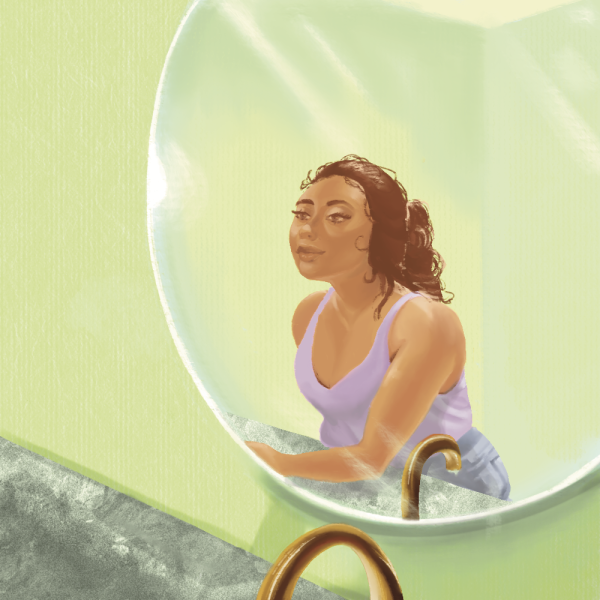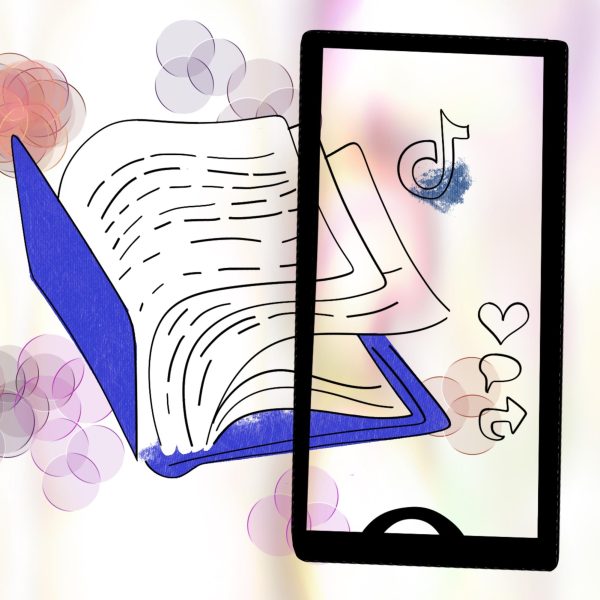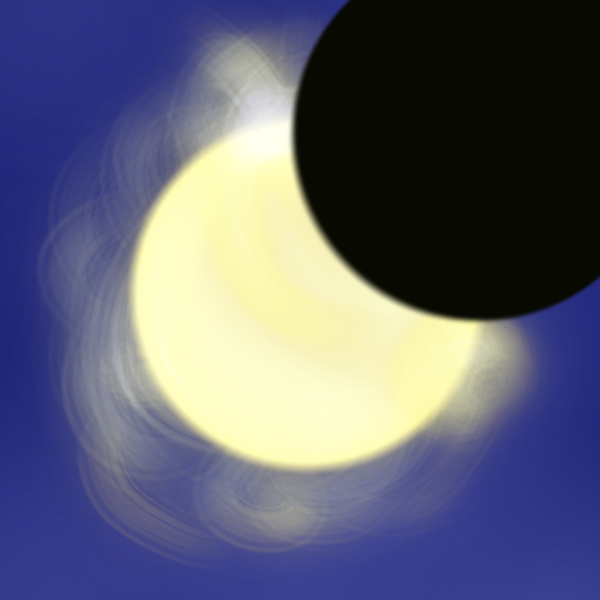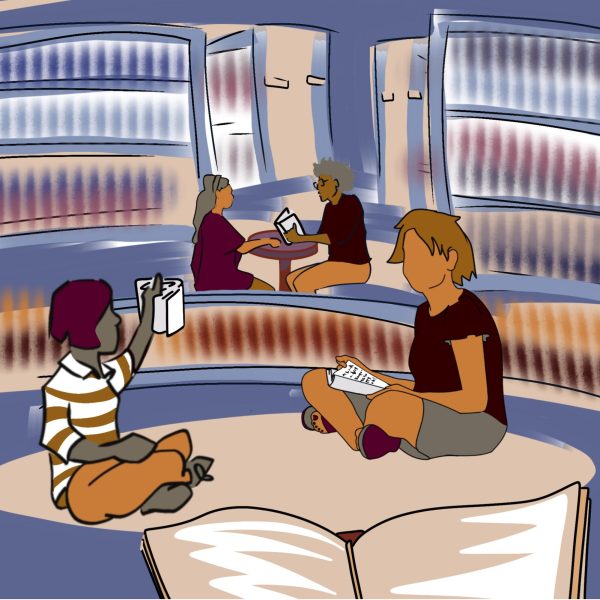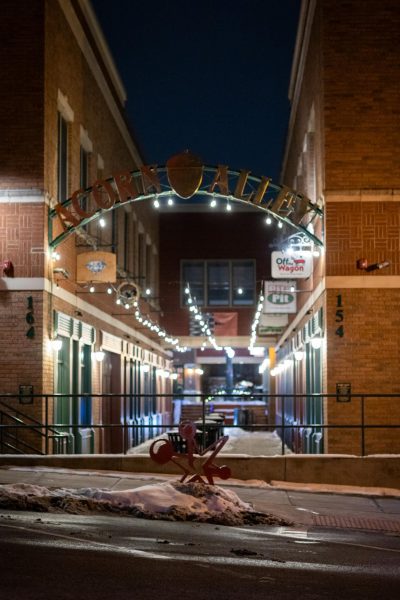Guest Column: Day of the Dead: Giving death its due
October 31, 2012
Los Angeles Times (MCT) I didn’t plan to set up our annual Day of the Dead altar this year — too much work, I thought. That is, until my daughter called me on it.
When I arranged a few pumpkins near the front door, she asked expectantly, “When will you put up the dead relatives?”
Perhaps “putting up dead relatives” sounds a bit morbid. Perhaps the dancing calacas and catarinas (male and female skeletons, smiling and dressed up in their best outfits) that are a prerequisite for the holiday give the afterlife an unaccustomed vibrancy. One could be forgiven for thinking the Day of the Dead is wacky and a little creepy.
The Mexican way of celebrating All Saints Day, Nov. 1, is not at all somber. It does not carry the quiet reflection of other cultures that contemplate the death of loved ones. It is raucous and defiant, observed by drinking tequila, eating mole and tamales, gorging on sugar skulls and pan de muertos. It is loud and garish, colored bright orange, pink and cobalt blue.
Not that I’m an expert. Neither the holiday nor the altar were ever traditions in my home growing up in Mexico. When we lived there, it seemed unnecessary — even antiquated — to put up an altar with pictures of our dead relatives and friends. We never visited a cemetery. When people died, they were gone.
After we moved to the United States, I searched for ways to reconnect with Mexico. And as an adult, I wanted my kids to know the language, customs and culture of my native land.
So I was thrilled to find that my son’s school celebrated the Day of the Dead. Each child brought a picture of a loved one who had died. They decorated the frames, made skeletons with dried pasta and noodles, sucked on candy skulls. I thought it was funny and endearing that this American school was embracing the holiday that in Mexico City, where I had lived, so few of our friends or relatives had ever celebrated.
But when I walked into the gymnasium, where every class had set up an altar, the magnitude and true meaning of the celebration struck me like lightning. Hundreds of faces, contained in wooden frames, stared back at me.
I realized this was not about death. It was overwhelmingly about life.
The pictures were an affirmation that these people mattered. They were loved and, even in death, they were essential to those left behind. They were missed, needed and not forgotten. The bright orange cempazuchitl (marigolds) filled the air with their pungent scent and drew my attention, made me look at death squarely in the face. The acrid smell of the flowers, it is said, calls in the spirits.
Octavio Paz wrote that Mexicans are not only familiar with death, we joke about it, caress it, sleep with it and celebrate it. We are cavalier about it, and that is why enjoying life is such an essential part of being Mexican. We are all going to die, so why not enjoy the ride?
But the Day of the Dead is more than that. It is exactly as Paz said: a mirror to life. If our deaths are forgotten, what does that say about our lives? If we don’t give death its due, we neglect our lives.
So when my daughter urged me to put up the altar, I went into the garage and lugged the giant box with the candles, pictures and skeletons into the family room. We unwrapped the decorations one by one. We lighted the candles. We put up the flowers.
We talked about the people in our pictures.
This is Grandpa Sam. This is Grandma Pat. This is Stan. This is Mark. This is Uncle Tony. This is Uncle Aram. This is Uncle Ralph. This is Heather. This is Tita and Abu. This is Leon. This is Abuela’s daddy.
Every person has a story. And in the end, my daughter reminded me of the most important lesson: Their lives meant something, and they will be remembered.

















